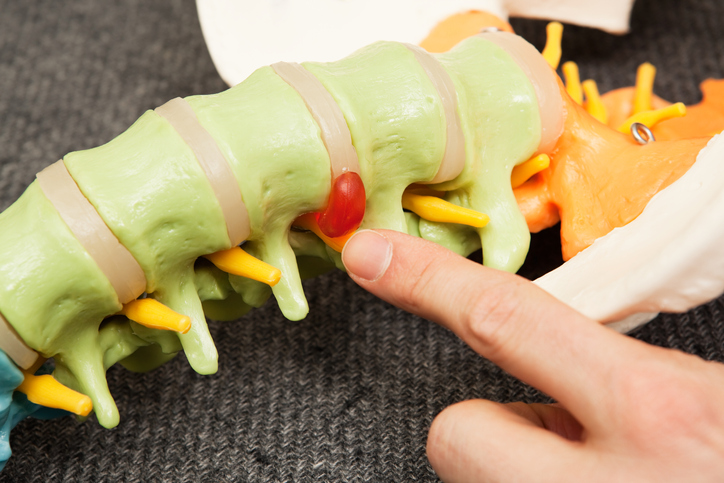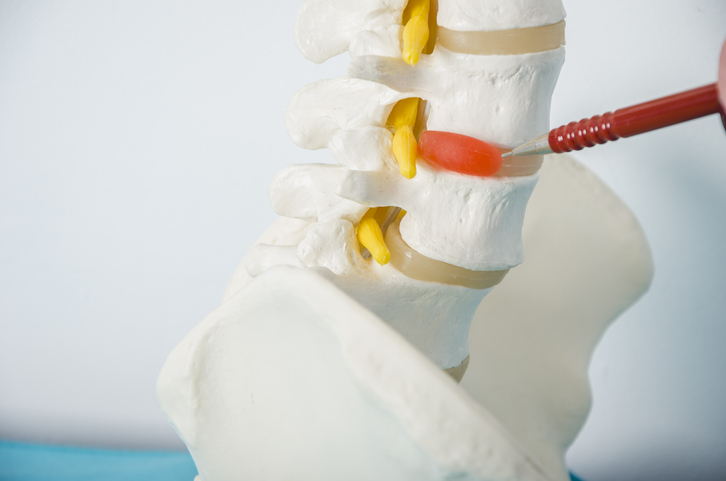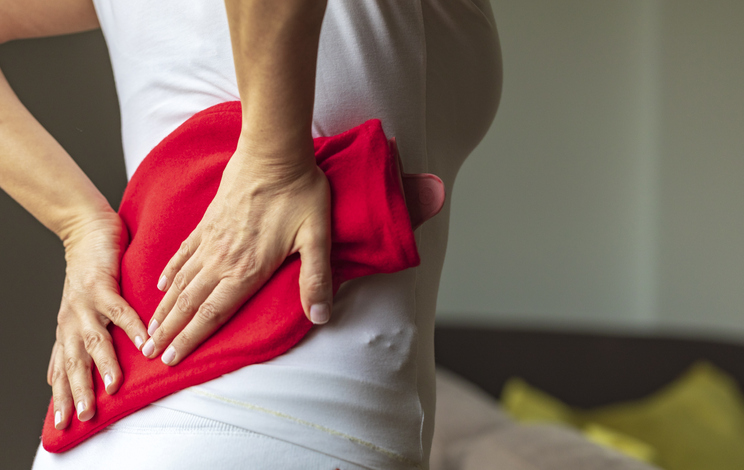Pain
Non-Surgical Treatments for Herniated Disc Pain

What is a herniated disc?
A herniated disc (or disk) is also referred to as a slipped or ruptured disc. Spinal discs are rubbery cushions that sit between individual vertebrae. As a disc naturally degenerates with age, the soft jelly-like center of the disc (nucleus) can herniate or tear through the tougher, rubbery exterior (annulus). This can occur at any point of the spine, but the most common location is between the fourth and fifth lumbar vertebrae in the lower back.
Non-surgical treatment for herniated disc
The treatment of a herniated disc is highly individualized and depends on pain severity, specific symptoms, and the initial cause of the herniated disc. The goal of treatment is to relieve pain and other symptoms associated with a herniated disc. A spine specialist can help determine the best treatment or combination of treatments.
Temperature therapy
Temperature therapy involves the use of heat or cold to reduce pain. Heat therapy relaxes stiff joints and muscles; whereas, cold therapy numbs acute pain and reduces inflammation. Switching between heat and cold therapy can help reduce pain.
Physical therapy
Physical therapy may be prescribed to help reduce pressure on the affected nerve root. Physical therapy treatments may include a combination of stretching, strengthening, electric muscle stimulation, and aerobic conditioning. This can help decrease inflammation, reducing pressure on the nerve.
Rest
Resting for a few days can relieve inflammation and allow the back time to heal. A week or more of bed rest used to be a common recommendation for severe back pain. However, research shows that extended bed rest can be ineffective at best and may even worsen back pain or cause other health issues. Bed rest should be limited to one or two days.
Massage therapy
A therapeutic massage involves a licensed massage therapist stroking, kneading and manipulating back tissue, which promotes blood flow. This increases the amount of oxygen and nutrients delivered to the muscles, which can decrease pain levels. Massages may not be safe for people with osteoporosis, deep vein thrombosis, open wounds, skin infections, or arthritis near the area to be massaged.
Injections
An epidural injection consists of delivery of medicine into the epidural space via a syringe. The epidural space is the fat-filled area covering the spinal cord. It protects the spinal cord and surrounding nerves from damage. An epidural injection can reduce the swelling and pain associated with a herniated disc. A CT scan or X-rays are used to pinpoint the exact location to inject the medication. More than one injection may be needed to reduce inflammation and relieve pain.
Medication
Certain medications can ease pain from a herniated disc. Over-the-counter pain medications, such as acetaminophen, ibuprofen or naproxen, can ease mild to moderate pain and reduce inflammation. However, they should not be used for more than 10 days unless directed by a health care professional. Oral steroids may be prescribed to decrease inflammation and relieve pain. Muscle relaxers can help if muscle spasms are present. Nerve pain medications can help ease pain related to nerve damage. Opioid medication may be prescribed for short-term use if other medications fail to relieve pain.


















